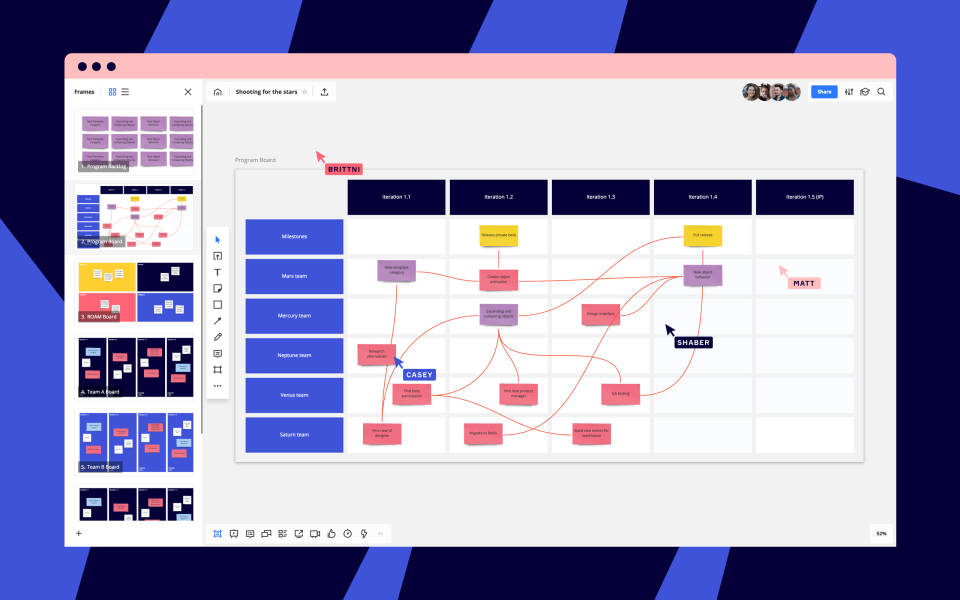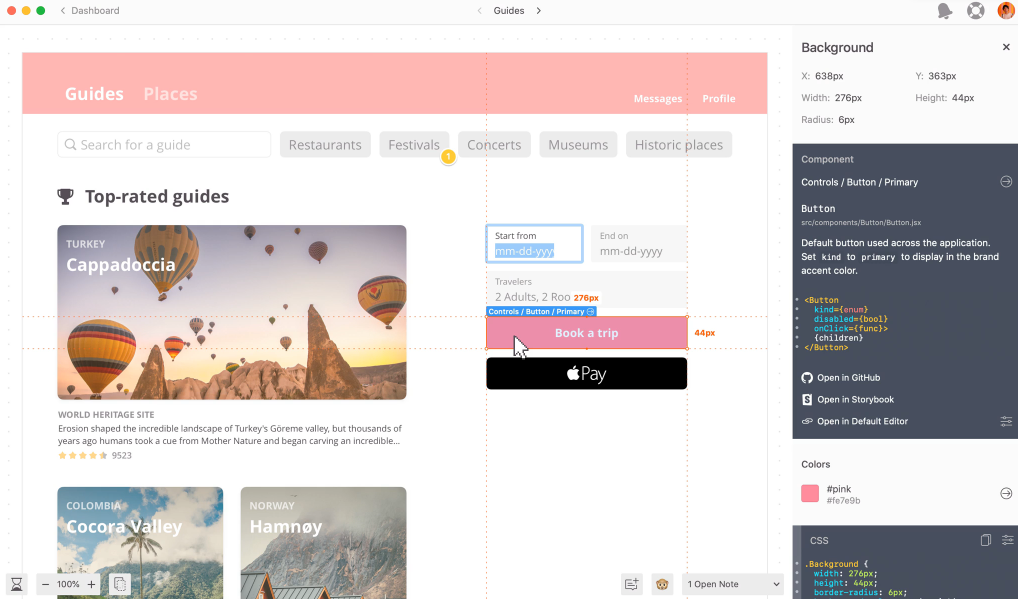
We need more regulatory technology solutions (particularly in areas such as Web3, digital assets, etc.), a greater focus on platform interoperability (eg, connecting different token platforms as per Nick Kerigan, head of innovation at SWIFT), simplification of B2B paymentsand a lot of solutions to enable sustainable finance - more on that below. No one expects 2022 fintech VC funding to reach its 2021 peak† Still, there’s a golden middle between continuous rounds of user experience improvements and buzzwords. Investors have become more pragmatic, too, with the Investor All Stars panel agreeing that the repricing in public markets was changing the allocation of capital in private markets, with fintechs becoming more capital efficient. One fintech commentator complained that fintech hasn’t lived up to its glorious promises: the revolution meant to disrupt financial services and bring about a better, more equitable system. But despite lots of temptations - think the metaverse, NFTs, embedded finance - most presenters veered toward the pragmatic (perhaps too much!). We’ve Become Less Distracted By Shiny Objects But Perhaps Not Ambitious Enoughįinovate can easily turn into buzzword bingo. As I compared notes with my fellow Forrester attendees - Aurélie L’Hostis, Carine Lam, and Nicola Ostermann - five themes stood out. And even though Europe is in the midst of a crisis, this week I was fortunate enough to be able to attend FinovateEurope in person again and gain some semblance of normality and continuity. Reach out to me to continue the conversation. Read our executive guide on CRM to understand the top conversations tech executives have about this technology. Challenges also include aligning CRM vendors and partners to work together to deliver ongoing value. Top challenges include empowering the front office with a customer 360, CRM adoption, and governance. Despite the power of CRM, tech executives struggle to get the most value out of it.In addition, CRM metrics move away from productivity and efficiency measures to ones that gauge the quality and strength of customer relationships - and their impact to top-line revenue. Executive management sponsors CRM projects and reports progress to Wall Street. Enterprises buy CRM to enable them to be future fit† CRM is now a broad company initiative, not a departmental initiative.CRM is a significant $500,000 to $5 million a year for most companies.


And, it lets the American Red Cross mobilize teams to provide emergency relief after a catastrophe. CRM allows Dayton Children’s Hospital to achieve national rankings for best US hospitals. The city of Los Angeles used CRM to get emergency aid - $36 million - within weeks to the people who were the hardest hit by the pandemic. Today, CRM is undergoing a second wave of adoption, where it’s used more broadly to support customers through their end-to-end journeys.

Enterprises originally used CRM to provide operational efficiencies for sales, marketing, and customer service organizations. CRM is a foundational front office technology.


 0 kommentar(er)
0 kommentar(er)
